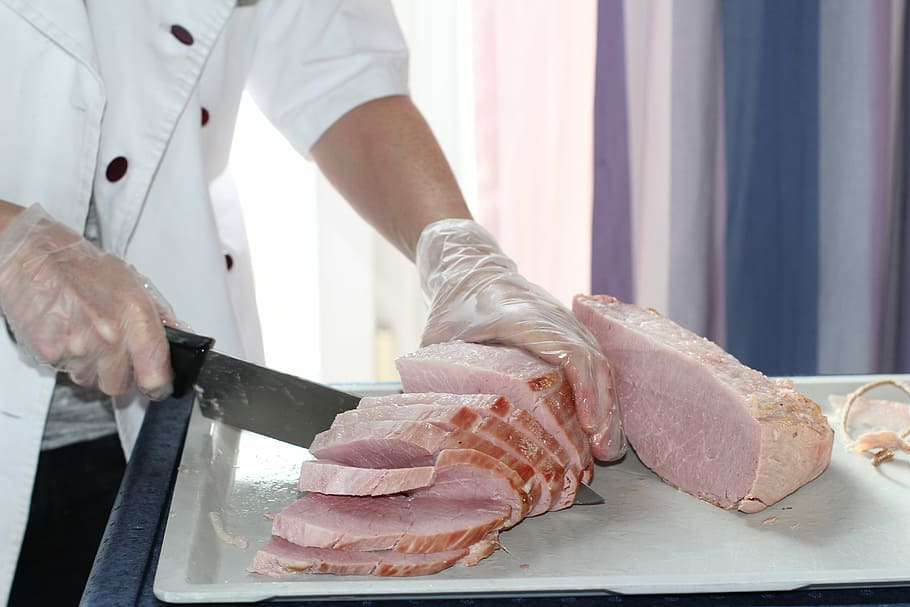Coronavirus infection rates at meat processing plants and slaughterhouses are nearly double the national average, Bloomberg reports.
Some of the nation’s largest meat processing facilities, operated by JBS, Tyson, and Cargill, have become epicenters for the virus. At least 30 industry workers and one USDA inspector have died. More than 10,000 industry workers have been exposed to COVID-19, reports the United Food and Commercial Workers International Union. In some cases, more than half of a facility’s employees have tested positive for the virus.
“In counties with major slaughterhouses that have less than 1 million people, there was a 47% increase in confirmed cases for the week. Those 72 counties accounted for 5.8% of the nation’s new infections, though they represent only 3.1% of national population,” Mike Dorning, Dominic Carey, and Dave Merrill wrote for Bloomberg.
The meat industry says the increased infection rates are linked to increased testing.
“There is no other industry or community that is monitoring their people as diligently as we are, except maybe healthcare,” Sarah Little, a spokeswoman for the North American Meat Institute, told Bloomberg.
But the increased testing came only as infections began to rise, forcing slaughterhouses across North America to temporarily suspend operations.
In late April, President Trump issued a “stay open” order, forcing plants to continue production to avoid a meat shortage. Supermarkets have already begun limiting meat purchases. Burger chain Wendy’s pulled beef from some menus as its suppliers struggled to fulfill orders.

COVID Spreads At Slaughterhouse
Slaughterhouses and processing facilities require workers to stand “elbow to elbow” in order to keep up with line speeds. After Trump’s stay open order, confirmed cases of COVID-19 increased 40 percent in counties surrounding slaughterhouses. That’s more than double the national average of infection rate, according to recent data from Johns Hopkins University.
According to Bloomberg, the counties accounted for ten percent of new confirmed cases between April 28 to May 5, “while representing just 7.5% of the U.S. population.”
“Infections climbed even faster where slaughterhouses were outside major population centers, and may have a greater impact. The disparity underscores the extent to which the areas around meat processors—many located in rural regions far away from initial hot—have become epicenters of the virus.”
Despite the increasing infection rate, meat processing plants continue to reopen. Ag Secretary Sonny Perdue confirmed 14 of the nation’s major meat processing facilities would reopen later this month. The administration says CDC safety guidelines are being implemented to avoid further outbreaks.


